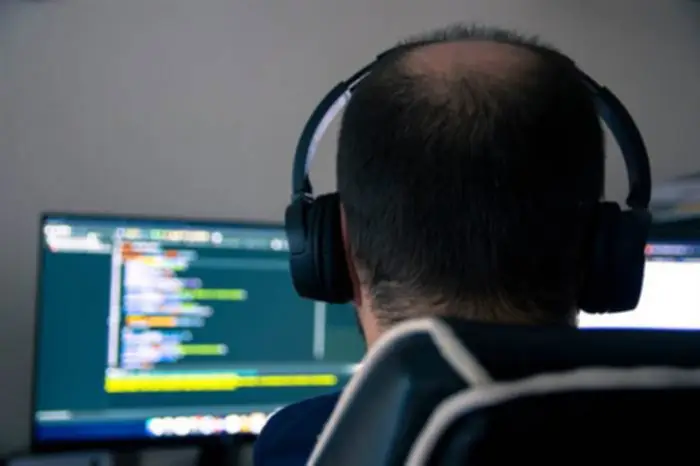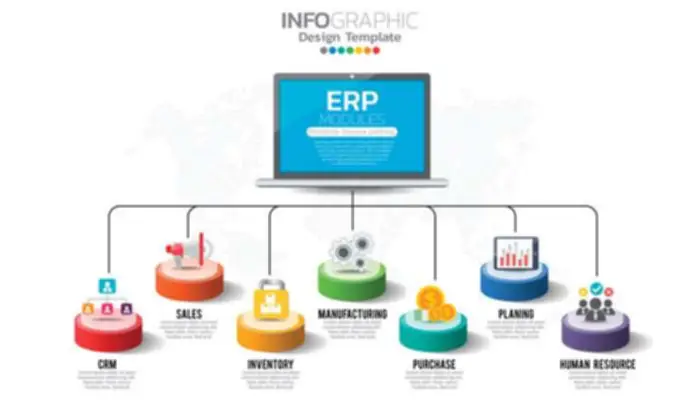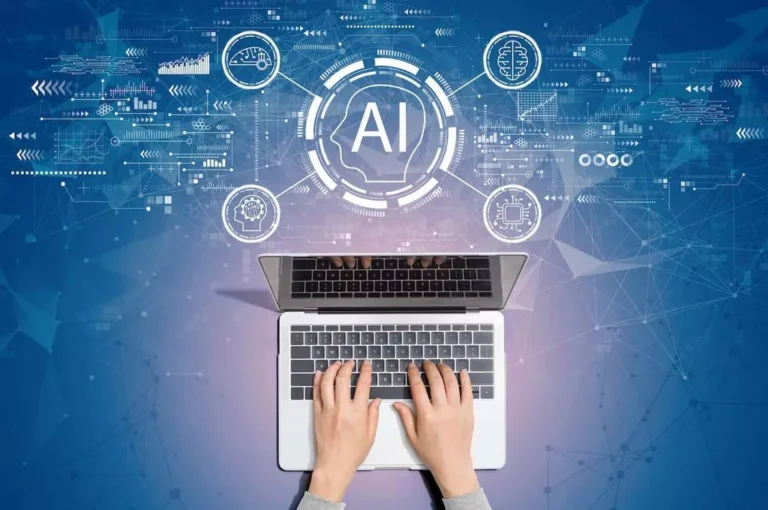Business, legal, and skilled services reported materials AI malfunctions least usually (49 percent), and telecom, media, and tech firms reported information breaches least typically (55 percent). By area, AI and knowledge incidents have been reported most by respondents at organizations in Asia–Pacific (64 percent) and least by these digital trust definition in North America (41 % reported data breaches, and 35 percent reported AI incidents). While fifty nine percent of customers assume that, in general, corporations care more about profiting from their data than protecting it, most respondents trust in the companies they select to do business with. Seventy % of shoppers specific no much less than a average diploma of confidence that the companies they purchase services from are protecting their knowledge.
Privacy: A Key Element Of Building Digital Belief

ISACA’s Digital Trust Ecosystem Framework (DTEF) offers enterprises a holistic framework that applies methods considering – the notion that a change in a single area can have an impact on one other area – across an entire organisation. The Digital Trust Ecosystem Framework and COBIT work well in tandem, with each playing a big role in permitting organizations to construct a stronger foundation for success. Discover concise, informative videos on various features of digital belief by clicking on the respective links beneath.
What Digital-trust Leaders Do In One Other Way
A similar 55 p.c of executives experienced an incident in which lively AI (for instance, in use in an application) produced outputs that had been biased, incorrect, or did not replicate the organization’s values. These AI mishaps, too, frequently resulted in consequences, most frequently employees’ loss of confidence in utilizing AI (38 % of the time) and monetary losses (37 percent). Seventy-seven percent of consumers say that they have at least a reasonable diploma of confidence that they’re adequately defending their private data from being stolen or misused on-line.
The Digital Trust Imperative: Defining, Establishing And Measuring Digital Trust
A current ISACA convention panel in Boston explored how digital trust can turn out to be a competitive benefit and how the whole organization should rally around the concept for belief to be delivered. ISACA’s Digital Trust Ecosystem Framework (DTEF) can help enterprises ensure that broad organizational goals and goals—including these counting on accumulating and processing private information—align with privateness goals and compliance necessities. This white paper explores the advantages of using ISACA’s Digital Trust Ecosystem Framework (DTEF) for enterprises adopting artificial intelligence (AI)-enabled applied sciences and providers.

New Isaca Information Outlines Key Components Of Digital Belief Implementation

He focuses on making use of quantitative and qualitative research methods to enable data-driven insights. Furthermore, collaboration with trusted partners, whether reputable organizations, third-party auditors, or security consultants, can enhance credibility and underscore a dedication to trustworthiness, finally solidifying digital trust. Lastly, and perhaps most importantly, is accountability—a actually integral a half of digital trust. Accountability, like transparency, includes admitting to and taking responsibility for mistakes that compromise person data. To be accountable also means to take immediate action to mitigate an information breach or other publicity, talk with users, and implement insurance policies that stop one thing related from taking place again. The burden of ensuring a trustful digital surroundings – which incorporates cyber-security – has shifted from single actors to multiple inner and exterior stakeholders, either through public pressure or laws and laws.
Kelley has spoken at 24 Hours of PASS, IT/Dev Connections, SQLConnections, the TechnoSecurity and Forensics Investigation Conference, the IT GRC Forum, SyntaxCon, and at numerous SQL Saturdays, Code Camps and user teams. Diana Kearns-Manolatos is a senior manager with Deloitte Services LP’s Center for Integrated Research, the place she leads Deloitte’s international analysis on digital transformation. Individuals, businesses, machines, workloads, containers, companies, and anything else that connects should be authenticated with a cryptographically distinctive id. Extension of belief into advanced supply chains, throughout device lifecycles, into a content community’s digital rights provenance, and some other house where an object connects.
- Like other frameworks, the DTEF is designed to perform as scaffolding to assist an organization meet certain expectations.
- He is answerable for the technical imaginative and prescient, technological improvement, operations engineering, and was the chief architect behind the Adversary Pursuit platform and methodology.
- Organizations that have not yet assigned a champion, or champions, ought to rethink and accelerate their efforts.
- In the age of digital transformation, belief is an elusive asset, however one that’s by no means out of attain for organisations that have initiated the best actions, similar to adopting a sustainable, forward-looking cyber-security strategy.
- Open dialogue between those liable for organizational growth and hiring managers can foster buy-in with workers concerning the danger and alternatives offered by AI.
This downloadable PDF explains how the DTEF could be leveraged to create a digitally trustworthy ecosystem that considers the accountabilities and duties of all enterprise stakeholders. It advocates embedding digital belief into an organization’s GRC mannequin as connecting digital actions to the governing construction can positively have an effect on belief between the group and its stakeholders. The Digital Trust Ecosystem Framework Foundation Certificate signifies experience in integrating digital trust practices throughout organizations, guiding trust-focused product methods, and enhancing competitiveness and popularity. Monitor AI Model OutputOnce deployed, the AI manufacturing output have to be monitored to ensure that it’s adequately capable of produce the intended outcome—a course of generally recognized as generalization, or the AI model’s capability to adapt correctly to new, previously unseen data. In production, AI models can “drift,” that means that the performance will change over time.
People need assurance that their electronic signatures and documents are legally binding, safe, and genuine. GoodSign delivers this trust by providing a pay-per-use model with no hidden prices, thereby offering an accessible, reliable, and clear e-signing answer. Jay Parekh is a senior analyst with the Deloitte Center for Integrated Research. He has over six years of experience in research and analysis centered on rising technologies and digital improvements related to cloud computing, augmented & virtual actuality, the Internet of Things (IoT), and other advanced applied sciences. He additionally focuses on creating Deloitte’s views on cross-industry topics similar to climate change and sustainability.
For firms, this means establishing insurance policies and practices that provide a secure setting for online interactions, which defend their customers and establish trust and loyalty for both current and potential clients. Through the assistance of the profound expertise of greater than 250 colleagues in Germany and a global network of cyber experts, we are able to offer end-to-end cyber services consisting of advisory in technique, implementation and operations. We assist our clients realise the potential of digitalisation holistically of their organisations, to protect priceless property and to allow progressive business models. We accompany them with a comprehensive range of providers to assist drive innovation for secure and sustainable growth. There are a mountain of things affecting trustworthiness, and at the peak is the promise of a protected digital property and a protected buyer and worker relationship. Cyber-security is an enabler to achieve that peak – and to in the end help the creation and preservation of a trusted and invincible firm model.
According to 76% of respondents, digital belief is essential to digital transformation. Respondents additionally want tools to help with transformation — 55% say that having a digital trust framework can be extraordinarily or very important to their group. With cyber in all places, it’s a shared accountability, right across your enterprise. Our expertise with cyber enables us to construct a tradition of understanding, connection, and trust with you, your group and your wider group. AI and ML patents are growing at a brisk pace (35%) and provide quite a few avenues today for organizations to enhance digital trust throughout purposes and use cases. Of the various applications the place AI could be applied to improve digital belief, our analysis uncovered some enterprise cases where AI monitoring may help, especially when validating contextual information accuracy and governing knowledge access and usage by members throughout an ecosystem.
By contemplating digital trust’s implications on long-term cyber-security strategies, and what ought to issue into the event process, decision-makers and stakeholders can turn VUCA on its head. Volatility turns into imaginative and prescient, uncertainty becomes understanding, complexity becomes readability and ambiguity becomes agility. That means that within a firm, accountability for security can now not be broken down into separate entities, due to rising complexity and dependencies. The classical boundaries separating businesses, operational expertise, info expertise and connected digital merchandise have been erased.

ISACA member Shea Nangle shares his perspective on what he calls “the implicit wrestle between revenue and what’s carried out with shopper data,” and how that components into creating digital trust. Organizations can turn digital belief into an important aggressive benefit, as reinforced by the most important takeaways from ISACA’s State of Digital Trust 2023 report. Digital trust does not come about through anyone product or technology but elevated transparency in how know-how is being developed and deployed would be a good starting point to strengthening belief in the digital ecosystem.
Digital trust is needed in all relationships that evolve in a digital ecosystem. The belief required extends past the belief within the technology to include trust in the folks, course of and organization. Based on the previous four key parts of digital belief, banks can depend on monitoring mechanisms to investigate the client journey. As purchasers interact more often with banks’ web sites and cell Apps, banking institutions receive more information than ever before. Not solely do they receive financial transactions but also every digital exercise performed by the shopper.
In one other sector, consumers making an attempt to cancel flights fell prey to scams via misleading search engine results, leading to significant monetary losses. Furthermore, an Irish bank’s ATMs malfunctioned, distributing cash without verifying customers’ account balances, elevating issues in regards to the reliability of economic systems. To counteract these threats and reinstate digital trust, the implementation of stringent security measures is crucial. These measures could include encryption, multi-factor authentication, and the adoption of superior fraud prevention technologies—all aimed toward safeguarding delicate data and digital assets from malicious actors. Driving forces link collectively to form developments that present over-arching developments with the potential to shape the lengthy run; they’re found across sectors and present the interdisciplinary character of digital trust, which matches past expertise. ISACA member Varun Prasad works with tech corporations of various sizes to help build digital trust by addressing the safety and privateness compliance necessities of shoppers and other stakeholders.
Digital-trust leaders are defined as these corporations with workers who follow codified data, AI, and common ethics insurance policies and that engage in no much less than half of the best practices for AI, knowledge, and cybersecurity that we asked about. These corporations are outperforming their peers each in loss prevention and enterprise progress. Given this disconnection between assumption of protection and lack thereof, it’s doubtless no surprise that fifty seven percent of executives report that their organizations suffered no much less than one materials data breach in the past three years (Exhibit 3). Further, many of those breaches resulted in monetary loss (42 % of the time), buyer attrition (38 percent), or different penalties. Less than a quarter of executives report that their organizations are actively mitigating quite so much of digital dangers throughout most of their organizations, similar to those posed by AI fashions, data retention and high quality, and lack of talent diversity.
Transform Your Business With AI Software Development Solutions https://www.globalcloudteam.com/
